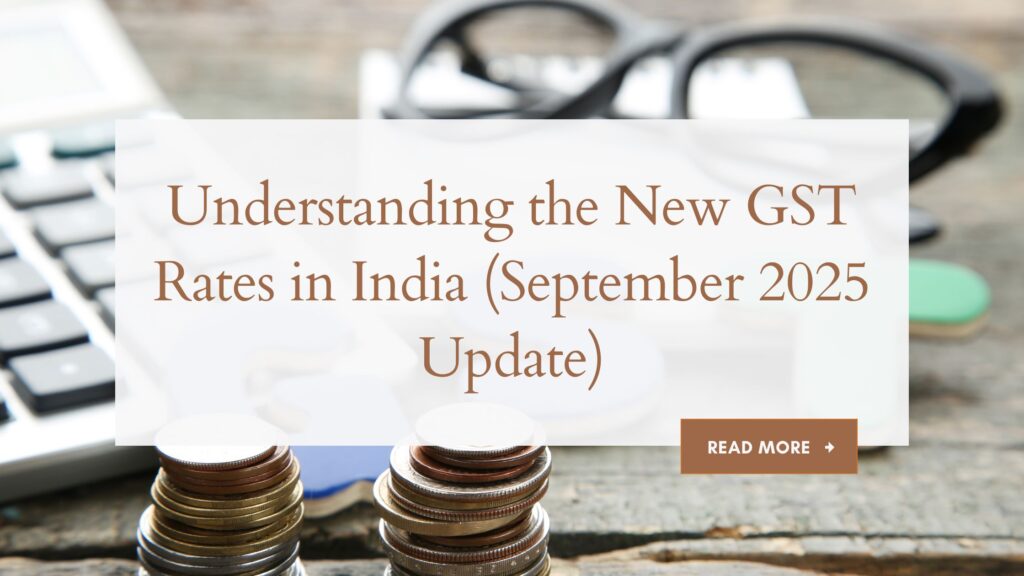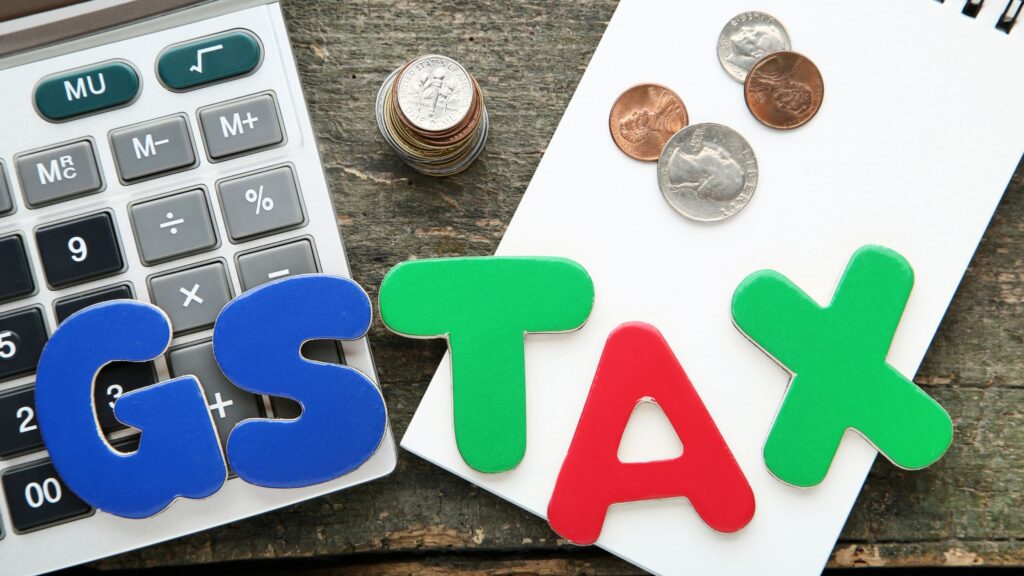
In a significant move to simplify India’s Goods and Services Tax (GST) system, the government has announced major reforms that will come into effect on September 22, 2025. These changes aim to make daily essentials more affordable and the tax structure more transparent. Here’s a straightforward breakdown of what you need to know:
What’s Changing in the GST System?
The GST Council has streamlined the tax structure by reducing the number of tax slabs from four to two:
- 5% GST: For most common goods and services.
- 18% GST: For items that are less essential but still widely used.
- 40% GST: For luxury and “sin” goods.
This simplification is expected to make the tax system easier to understand and follow.
What Gets Cheaper?
Several everyday items will become more affordable due to the new GST rates:
- 0% GST (Tax-Free):
- Life-saving medicines and health insurance premiums.
- Basic food items like roti, chapati, paneer, and UHT milk.
- Stationery items such as notebooks, pencils, and erasers.
- Life-saving medicines and health insurance premiums.
- 5% GST:
- Personal care products like shampoo, toothpaste, soap, and hair oil.
- Dairy products including butter, ghee, and cheese.
- Household items like utensils, feeding bottles, and diapers.
- Basic medical equipment such as thermometers and glucometers.
- Agricultural tools like tractors and their parts.
- Personal care products like shampoo, toothpaste, soap, and hair oil.
- 18% GST:
- Consumer electronics like air conditioners, televisions (above 32”), and dishwashers.
- Motor vehicles including small cars and motorcycles.
- Office equipment like monitors and projectors.
- Consumer electronics like air conditioners, televisions (above 32”), and dishwashers.
These changes aim to reduce the financial burden on households and encourage spending in the economy.

What Becomes More Expensive?
Certain luxury and non-essential items will see an increase in tax rates:
- 40% GST:
- Tobacco products such as cigarettes, pan masala, and chewing tobacco.
- Luxury items like high-end cars, yachts, and private aircraft.
- Gambling-related activities including casinos, online gaming, and horse racing.
- Sugary drinks like aerated beverages and caffeinated drinks.
- Tobacco products such as cigarettes, pan masala, and chewing tobacco.
These higher taxes are intended to discourage consumption of harmful or non-essential goods. (Press Information Bureau)
When Do These Changes Take Effect?
The new GST rates will be implemented starting September 22, 2025, coinciding with the first day of Navratri. This timing is expected to provide relief to consumers during the festive season.
Key Takeaways
- Lower taxes on daily essentials: Items like food, health insurance, and personal care products will become more affordable.
- Simplified tax structure: The reduction to two main GST slabs makes the system easier to understand.
- Higher taxes on luxury and harmful goods: Encourages responsible consumption and generates revenue for public welfare.
These reforms are designed to ease the financial burden on the common man while promoting a healthier and more sustainable consumption pattern.
